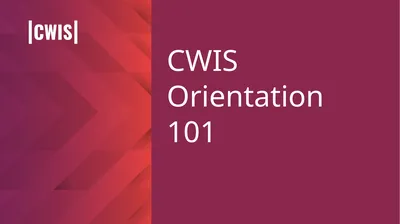PPT-Implementation of Phase II CWIS Rule
Author : luanne-stotts | Published Date : 2018-10-13
TCEQ Staff September 10 2015 Purpose of the Rule The rule is meant to minimize adverse environmental impacts resulting from impingement and entrainment of aquatic
Presentation Embed Code
Download Presentation
Download Presentation The PPT/PDF document "Implementation of Phase II CWIS Rule" is the property of its rightful owner. Permission is granted to download and print the materials on this website for personal, non-commercial use only, and to display it on your personal computer provided you do not modify the materials and that you retain all copyright notices contained in the materials. By downloading content from our website, you accept the terms of this agreement.
Implementation of Phase II CWIS Rule: Transcript
Download Rules Of Document
"Implementation of Phase II CWIS Rule"The content belongs to its owner. You may download and print it for personal use, without modification, and keep all copyright notices. By downloading, you agree to these terms.
Related Documents

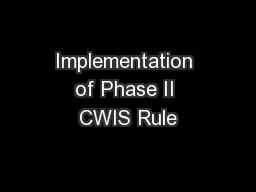

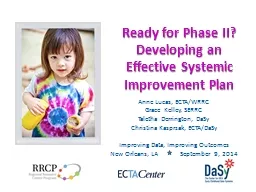
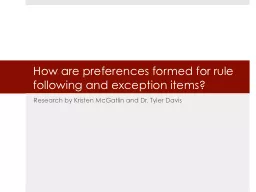

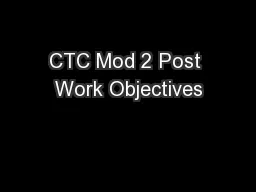
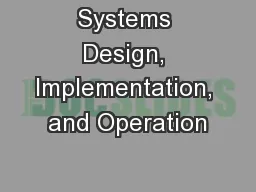


![[DOWNLOAD] - Making Learning-Centered Teaching Work: Practical Strategies for Implementation](https://thumbs.docslides.com/905554/download-making-learning-centered-teaching-work-practical-strategies-for-implementation.jpg)
![[READ] - Qualitative Research: A Guide to Design and Implementation](https://thumbs.docslides.com/905915/read-qualitative-research-a-guide-to-design-and-implementation.jpg)
![[EBOOK] - Wide Ruled Composition Notebook Simple Black: Wide Rule Notebook and 110 Wide](https://thumbs.docslides.com/906512/ebook-wide-ruled-composition-notebook-simple-black-wide-rule-notebook-and-110-wide-ruled-pages.jpg)
